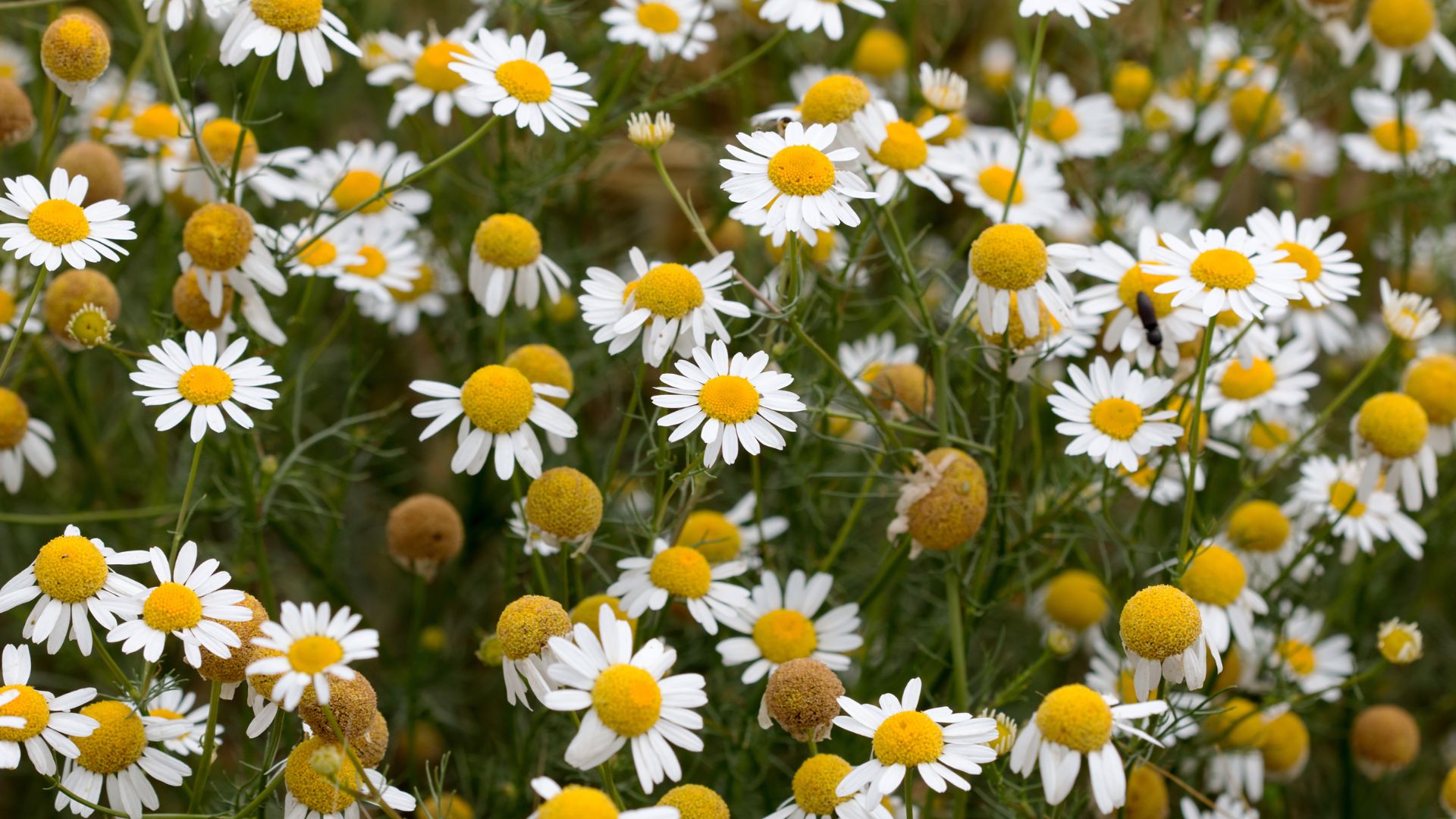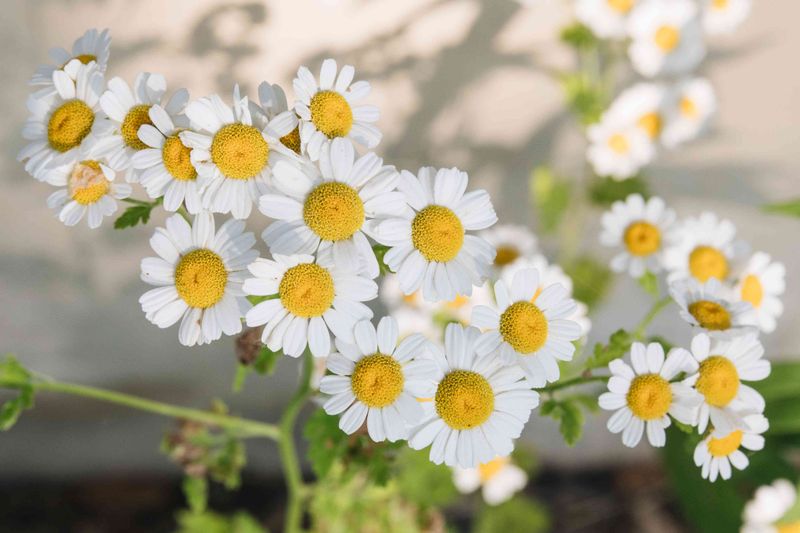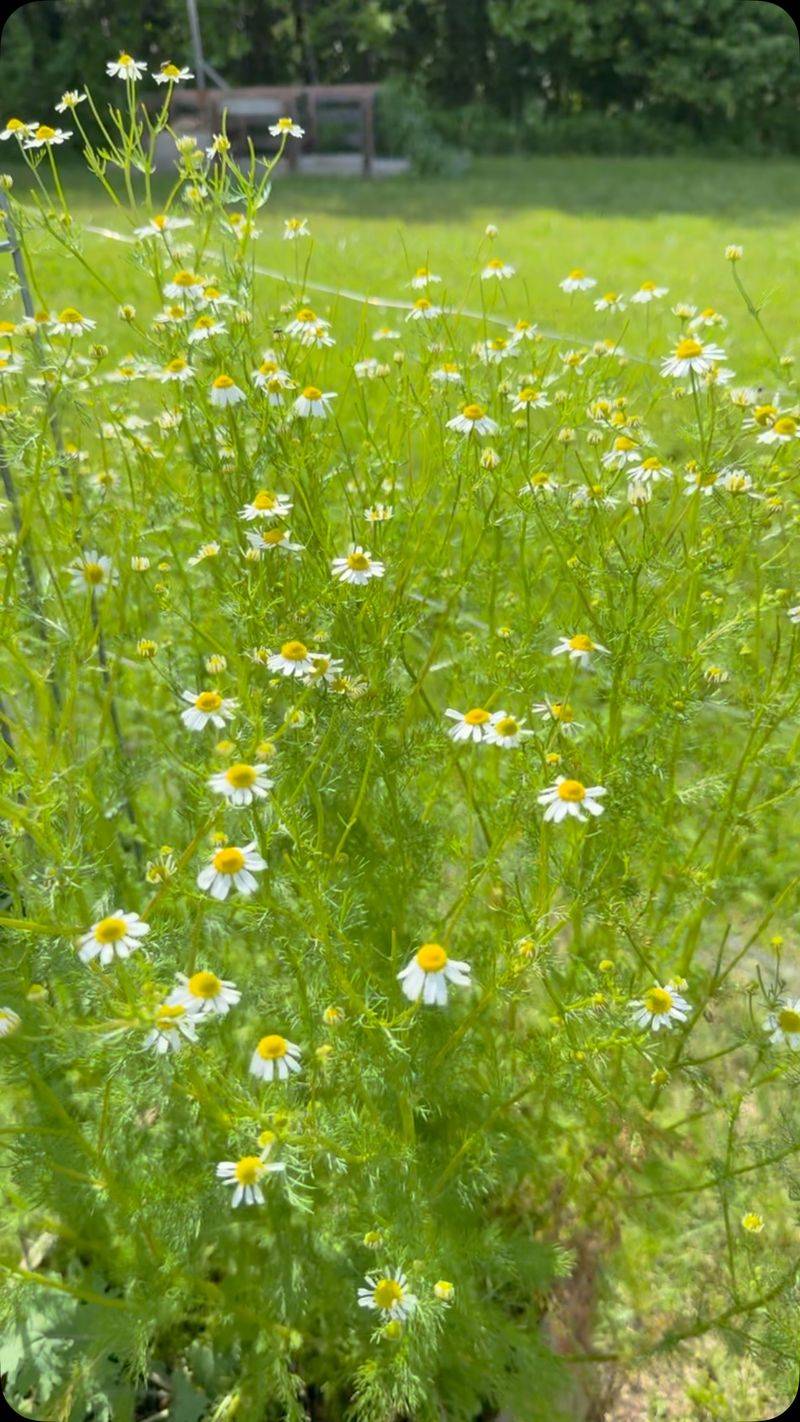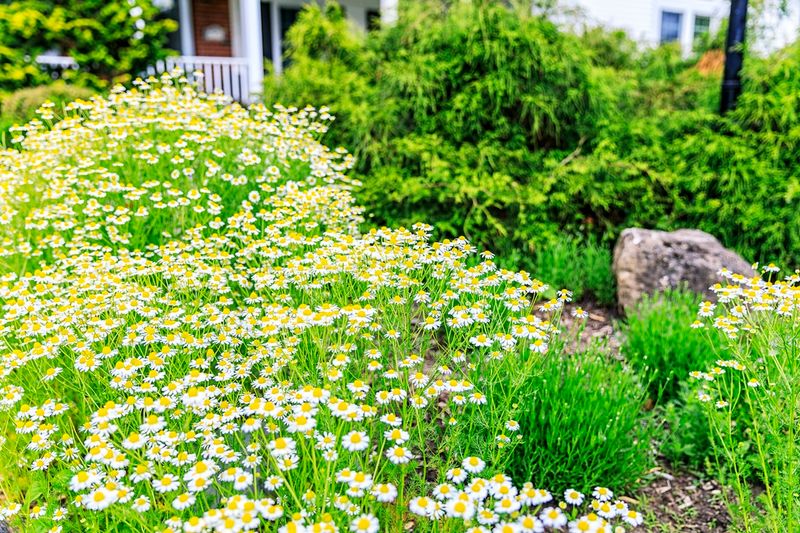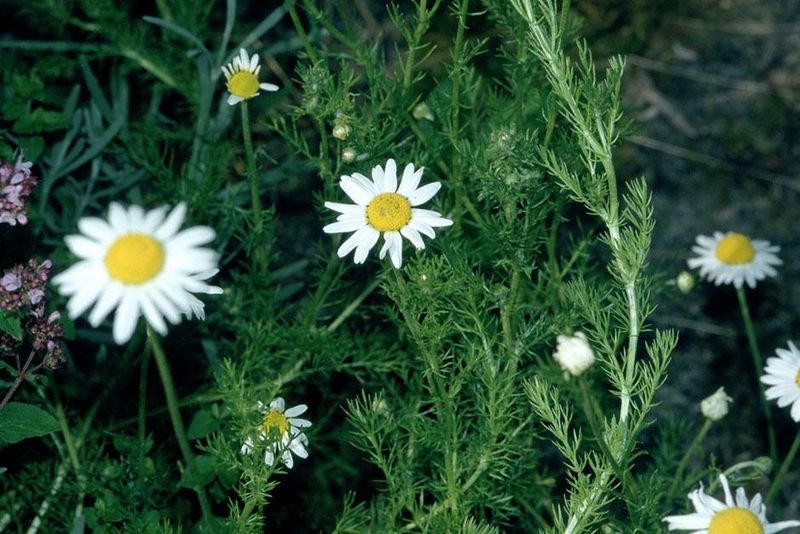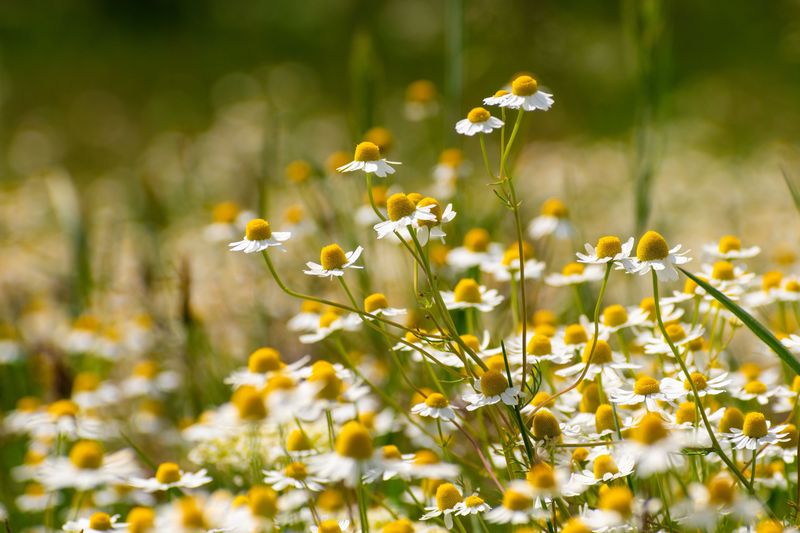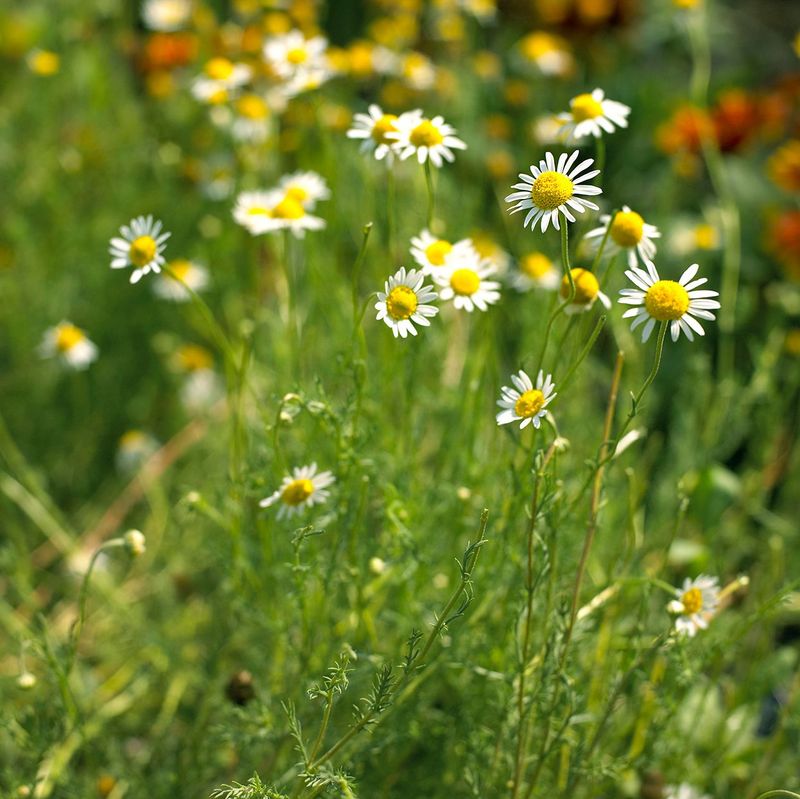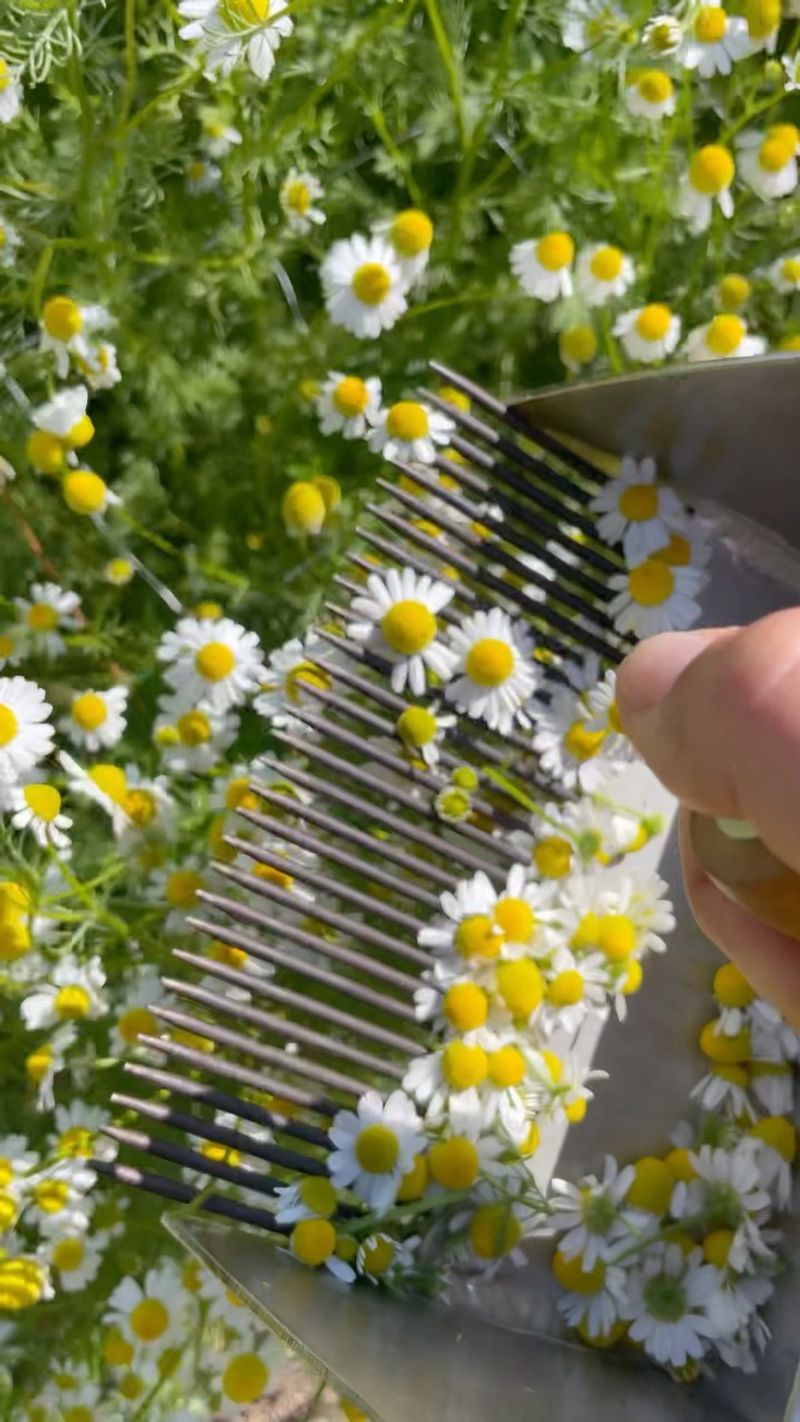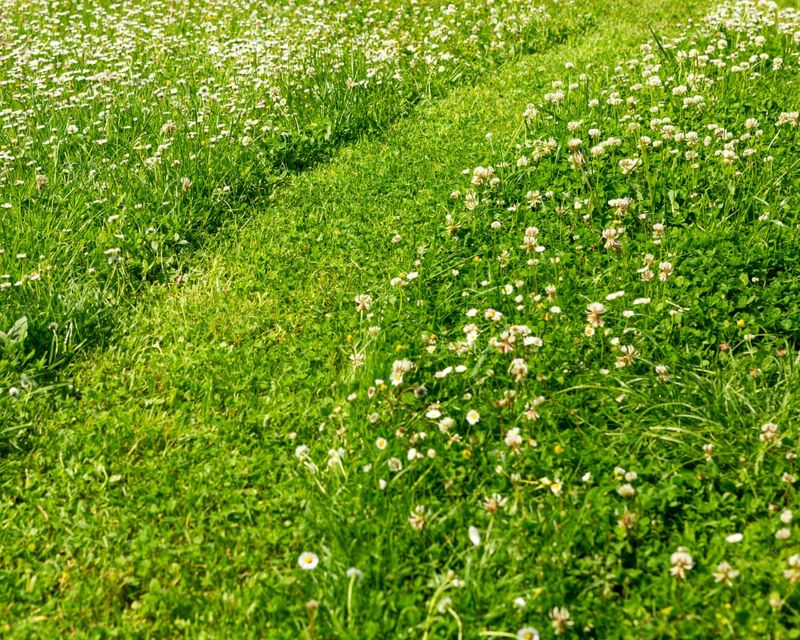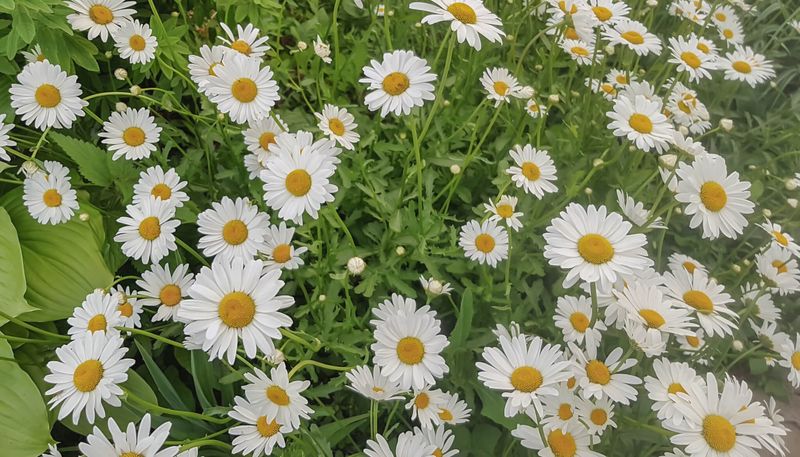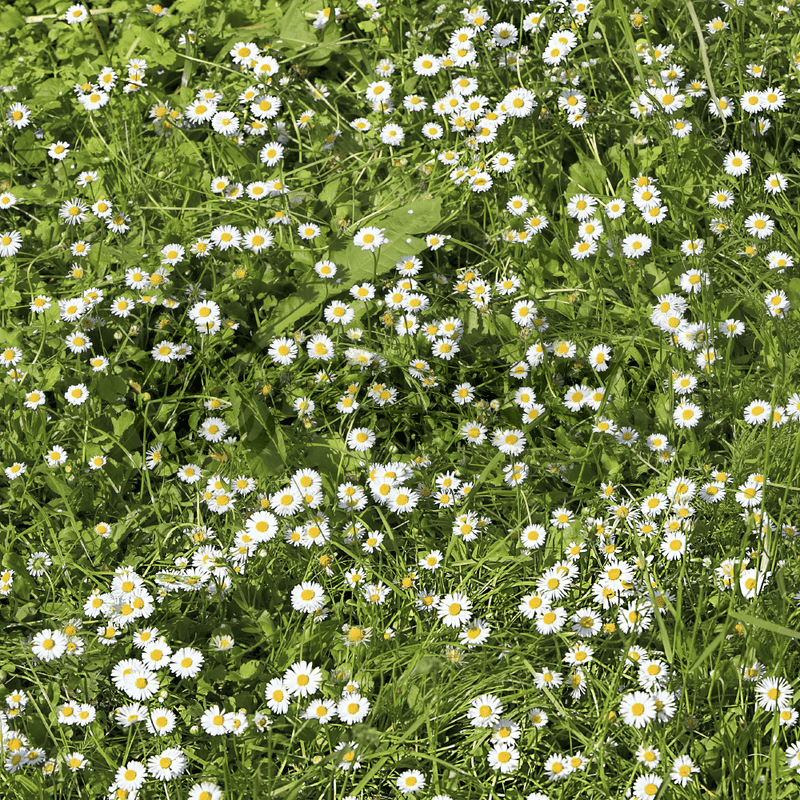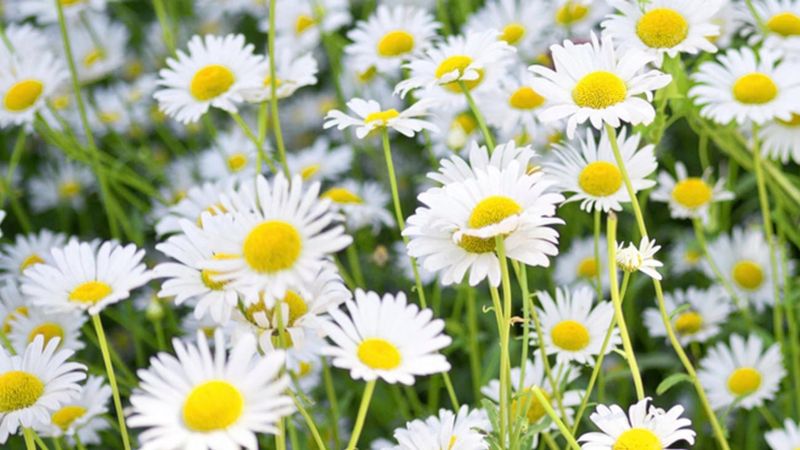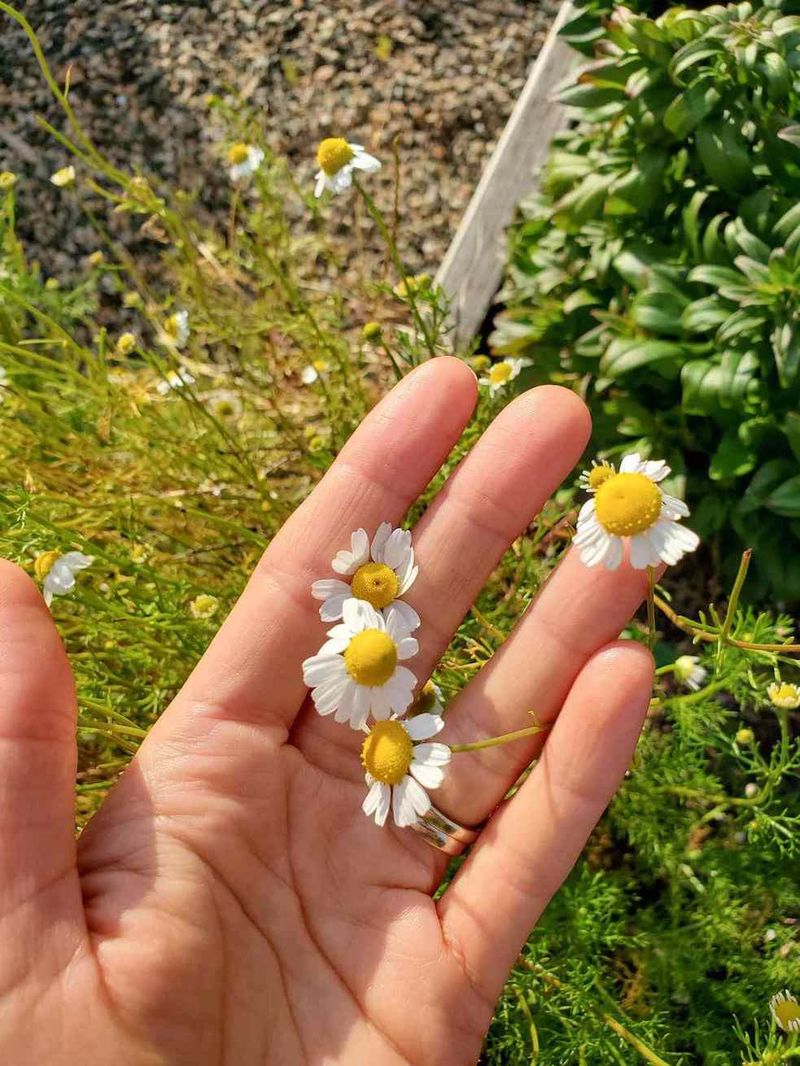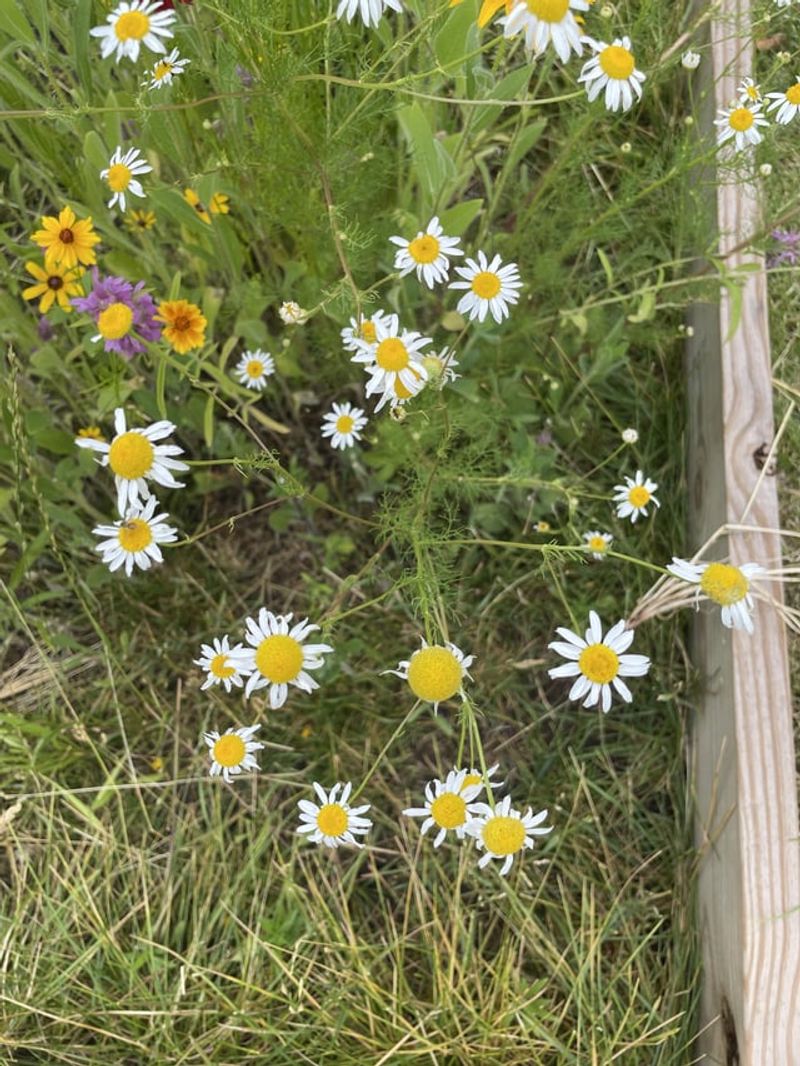Last summer, my backyard was a patchy mess of yellowed grass that seemed to mock all my watering efforts. No matter what I tried, that traditional lawn just wouldn’t cooperate with the increasingly hot summers we’ve been having.
Chamomile lawns have been quietly gaining popularity among homeowners tired of fighting nature. These sweet-scented alternatives offer something different from the typical American yard—something that works with the environment rather than against it.
After watching my neighbor’s chamomile lawn thrive while I struggled with constant reseeding and brown spots, I finally decided enough was enough. Sometimes the best solutions aren’t the ones we grew up with.
1. Drought-Resistant Marvel
Once established, chamomile needs significantly less water than traditional grass lawns. My water bill dropped by nearly 40% after switching last year. The deep root system helps chamomile access moisture far below the surface.
During last summer’s three-week dry spell, my neighbor’s grass turned crispy brown while my chamomile stayed soft and fragrant. Its natural drought tolerance makes it perfect for regions experiencing water restrictions or for environmentally conscious homeowners.
You’ll spend less time dragging hoses around and more time actually enjoying your yard.
2. Heavenly Apple Scent
Walking barefoot across my chamomile lawn releases the most incredible apple-like fragrance. Unlike grass or clover, chamomile transforms your yard into an aromatic experience that surprises visitors every time.
The scent isn’t overpowering—just a gentle, pleasant aroma that wafts up when disturbed. On warm evenings, I’ve found myself deliberately walking across the lawn just to enjoy that sweet smell.
Some neighbors have even commented that sitting in our backyard feels like being in an herbal tea shop, which beats the smell of freshly cut grass any day.
3. Virtually No Mowing Required
Remember spending every weekend pushing that noisy mower around? Those days are gone with chamomile. Most varieties naturally stay under 8 inches tall, eliminating the need for regular mowing.
I’ve mowed my chamomile lawn exactly once in the past year—compare that to the 30+ mowings my grass required annually. The time savings alone justified the switch for my family.
This low-maintenance aspect particularly benefits older homeowners or those with busy schedules who’d rather spend weekends relaxing instead of maintaining a demanding lawn.
4. Crowd Out Weeds Naturally
My battle with dandelions and crabgrass seemed never-ending until chamomile came to the rescue. The dense, mat-forming growth habit of chamomile naturally suppresses weeds without chemicals.
The plants spread horizontally, creating a thick carpet that simply doesn’t leave room for unwanted invaders. Since installing my chamomile lawn, I’ve reduced weeding time by about 75%.
This natural weed suppression means fewer chemicals around your kids and pets, creating a healthier environment for everyone who uses your yard.
5. Softer Than You’d Expect
The first time I walked barefoot across my new chamomile lawn, I was genuinely shocked by how soft it felt. Unlike the prickly sensation of grass or the slightly sticky feel of clover, chamomile creates a cushioned, almost carpet-like surface.
My kids now prefer playing on it rather than the grass sections we still maintain in parts of the yard. The feathery foliage has a springy quality that makes it surprisingly comfortable for picnics or afternoon naps.
Even my skeptical husband admits it feels better between the toes than our previous lawn ever did.
6. Thrives In Poor Soil
That troublesome corner of my yard where nothing would grow? Now covered in thriving chamomile. Unlike fussy grass that demands perfect soil conditions, chamomile actually prefers somewhat poor, well-draining soil.
When my soil test came back showing low fertility in several areas, my landscaper actually recommended against amending it for the chamomile installation. The plants established quickly without the expensive soil improvements grass would have required.
This adaptability makes chamomile perfect for problematic areas where traditional lawns struggle to establish.
7. Beautiful White Flowers
For about two months each summer, my lawn transforms into a sea of delicate white and yellow flowers that sway gently in the breeze. It’s like having a wildflower meadow without the unkempt appearance.
These daisy-like blooms attract butterflies and bees, bringing my yard to life in ways grass never could. Neighbors regularly stop to admire the display, often asking how they can create something similar.
Even better, you can control the flowering by occasional mowing if you prefer fewer blooms, giving you options that traditional lawns simply don’t offer.
8. Handles Light Foot Traffic
After hosting a backyard gathering last summer, I worried our new chamomile lawn would be destroyed. Surprisingly, it bounced back within days despite dozens of guests walking across it.
While it’s not suited for sports fields or playgrounds, chamomile handles occasional foot traffic remarkably well. The plants have a springy, resilient quality that allows them to recover from being stepped on.
For typical family use—kids playing occasionally, garden parties, or pets—it stands up better than I expected and certainly outperforms more delicate ground covers like moss or ornamental grasses.
9. Tea From Your Lawn
Yesterday morning, I harvested a small basket of chamomile flowers from my lawn and made the freshest tea I’ve ever tasted. Growing Roman chamomile means having access to your own herbal tea supply right outside your door.
The flowers dry easily on a baking sheet and store well for months. My family now enjoys homegrown tea all winter long, something we could never do with our previous lawn.
Friends are always impressed when I mention that the tea they’re drinking came from my yard—it’s a conversation starter and practical benefit rolled into one.
10. Lower Carbon Footprint
Getting rid of my gas mower reduced our household carbon emissions significantly. Traditional lawns require fossil fuel-powered equipment for maintenance, while chamomile simply grows at its own pace without intervention.
The environmental impact goes beyond just the mower—no fertilizers means less runoff into local waterways, and the deeper root system actually helps sequester more carbon in the soil. My chamomile lawn has become a small but meaningful part of our family’s effort to live more sustainably.
Even my environmentally conscious teenage daughter approves of this eco-friendly lawn alternative.
11. Pest Resistance
Remember those grubs that destroyed half my neighbor’s lawn last year? They completely ignored my chamomile. The natural compounds in chamomile actually repel many common lawn pests, including certain beetles, grubs, and aphids.
I’ve noticed significantly fewer pest problems since switching from grass. The aromatic oils that give chamomile its pleasant scent serve a dual purpose as a natural insect deterrent.
This built-in pest resistance means fewer chemical treatments and less worry about destructive insects turning your yard into their personal buffet.
12. Year-Round Green
Last winter, while neighboring lawns turned brown and dormant, my chamomile stayed green through all but the harshest cold snaps. The evergreen varieties maintain their color year-round in most climate zones, providing visual appeal even in winter months.
This persistent greenery means your yard looks alive and maintained even during off-seasons. The low-growing foliage creates a lush carpet effect that grass simply can’t match during dormant periods.
For those of us who dread the “dead yard” look of winter, chamomile offers a refreshing alternative that keeps the landscape looking vibrant regardless of season.
13. Allergy-Friendly Option
My husband’s grass allergies made spring and summer miserable until we switched to chamomile. Unlike traditional lawns, chamomile doesn’t produce the pollen that triggers hay fever symptoms in many people.
The difference was immediate and dramatic—he can now enjoy our backyard without the constant sneezing and itchy eyes that grass caused. For families with allergy sufferers, this benefit alone makes chamomile worth considering.
While individual sensitivities vary, many people report fewer allergy symptoms with chamomile lawns compared to grass, making outdoor spaces more accessible for everyone.
14. Cost-Effective Long-Term
The initial installation cost me more than reseeding with grass would have, but the long-term savings are undeniable. I’ve calculated that my chamomile lawn will pay for itself within three years through reduced water bills, eliminated fertilizer costs, and no mower maintenance.
The durability of established chamomile means fewer replacement costs over time. Many chamomile lawns last 5-10 years before needing significant renovation, while grass often requires annual overseeding and constant inputs.
For budget-conscious homeowners thinking long-term, chamomile makes financial sense despite the higher upfront investment.
15. Thrives In Partial Shade
That problematic area under my maple tree where grass always thinned out now boasts thick, healthy chamomile. Unlike sun-loving grass, many chamomile varieties actually prefer dappled light or partial shade conditions.
This shade tolerance opens up possibilities for areas where traditional lawns struggle. The north side of my house, which previously looked patchy and unhealthy with grass, now features a uniform chamomile covering that looks intentional rather than neglected.
For properties with mature trees or buildings that cast significant shade, chamomile provides a solution that doesn’t require constant reseeding or bare patch acceptance.

